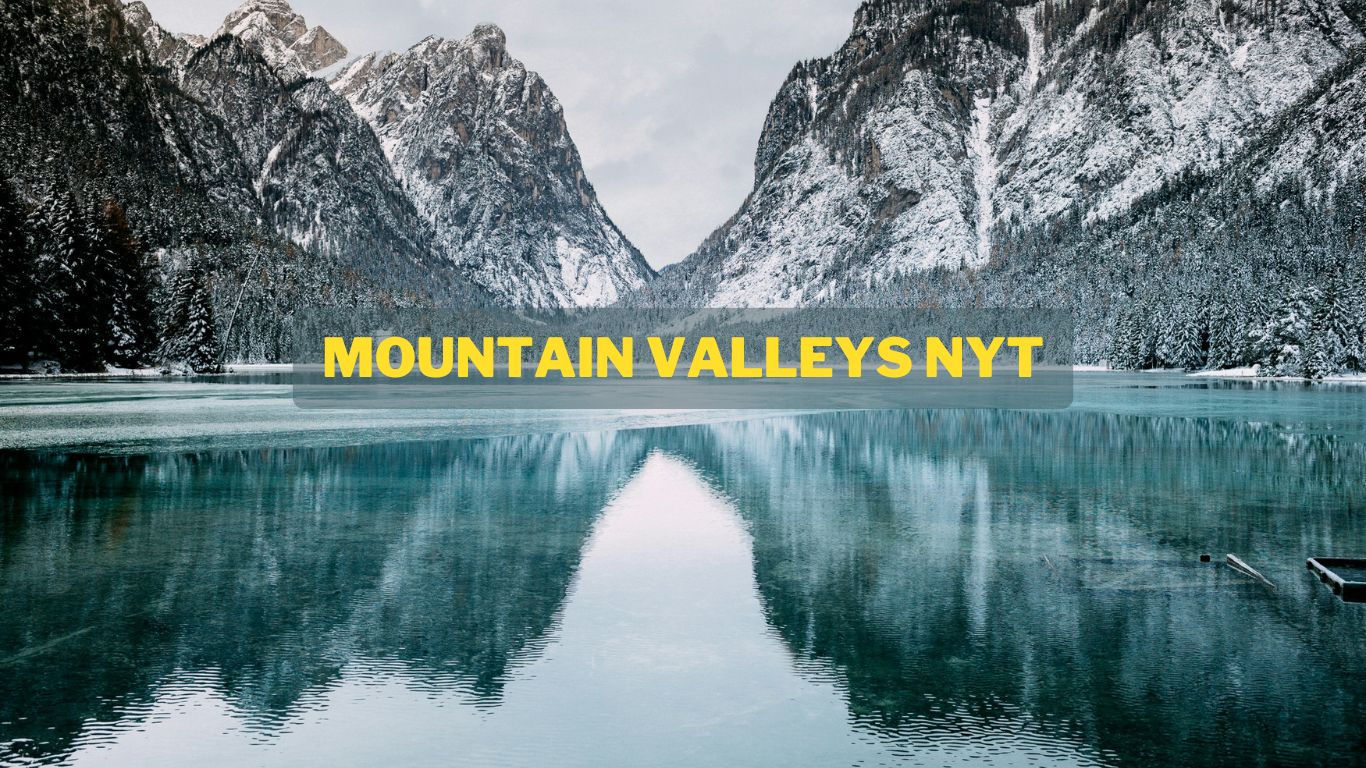Mountain valleys nyt are some of the most picturesque and tranquil landscapes on Earth. Nestled between towering peaks, these lush, often hidden spaces offer unique ecosystems, cultural richness, and countless opportunities for adventure. In this article, we’ll delve into the allure of mountain valleys, their ecological significance, and how they shape human life.
The Ecological Importance of Mountain Valleys
Mountain valleys serve as crucial ecological corridors. Their varied microclimates allow for diverse plant and animal species to thrive, making them hotspots of biodiversity. The interplay between elevation and weather patterns creates distinct habitats, from alpine meadows to dense forests.
Many mountain valleys are home to endemic species—plants and animals found nowhere else on Earth. These ecosystems are sensitive to environmental changes, making conservation efforts in these areas vital. Protecting mountain valleys ensures that these unique organisms continue to flourish and that the valleys retain their ecological balance.
Cultural Richness and Heritage
Mountain valleys are often steeped in rich cultural histories. Many indigenous communities have lived in these regions for centuries, developing unique lifestyles and traditions closely tied to the land. From ancient agricultural practices to spiritual beliefs centered around the mountains, the cultural significance of these valleys is profound.
In addition to indigenous cultures, mountain valleys have attracted various groups over time, including settlers and adventurers. This blend of cultures contributes to a rich tapestry of folklore, music, and art that reflects the beauty and challenges of valley life. Festivals celebrating local traditions, agricultural harvests, or mountain lore often draw visitors, fostering a sense of community and cultural exchange.
Outdoor Adventures Await
For outdoor enthusiasts, mountain valleys present an array of recreational opportunities. Hiking, biking, and horseback riding trails wind through these landscapes, offering breathtaking views and access to pristine nature. Many valleys serve as gateways to national parks and protected areas, where adventurers can explore diverse terrains.
In winter, these valleys transform into playgrounds for snow sports. Skiing, snowboarding, and snowshoeing are popular activities, drawing visitors from around the world. The combination of stunning scenery and outdoor activities makes mountain valleys a year-round destination for nature lovers.
Climate Challenges and Conservation
Despite their beauty, mountain valleys face significant challenges due to climate change. Rising temperatures and unpredictable weather patterns threaten the delicate balance of these ecosystems. Glacial melt, altered precipitation patterns, and increased frequency of natural disasters like landslides and wildfires pose risks to both biodiversity and human settlements.
Conservation efforts are essential in mitigating these impacts. Many organizations and local communities are working together to develop sustainable practices, such as responsible tourism and land management. By promoting awareness and advocating for environmental protection, we can help preserve the integrity of these stunning landscapes for future generations.
Conclusion:
Mountain valleys are more than just beautiful landscapes; they are vital ecosystems rich in culture and history. They offer unique recreational opportunities and are home to diverse species that contribute to our planet’s biodiversity. As we continue to explore and enjoy these enchanting places, it is crucial to recognize our role in their preservation.
By supporting conservation efforts and practicing responsible tourism, we can help ensure that mountain valleys remain vibrant and thriving. The beauty and wonder of these natural wonders deserve our admiration and protection for generations to come.







